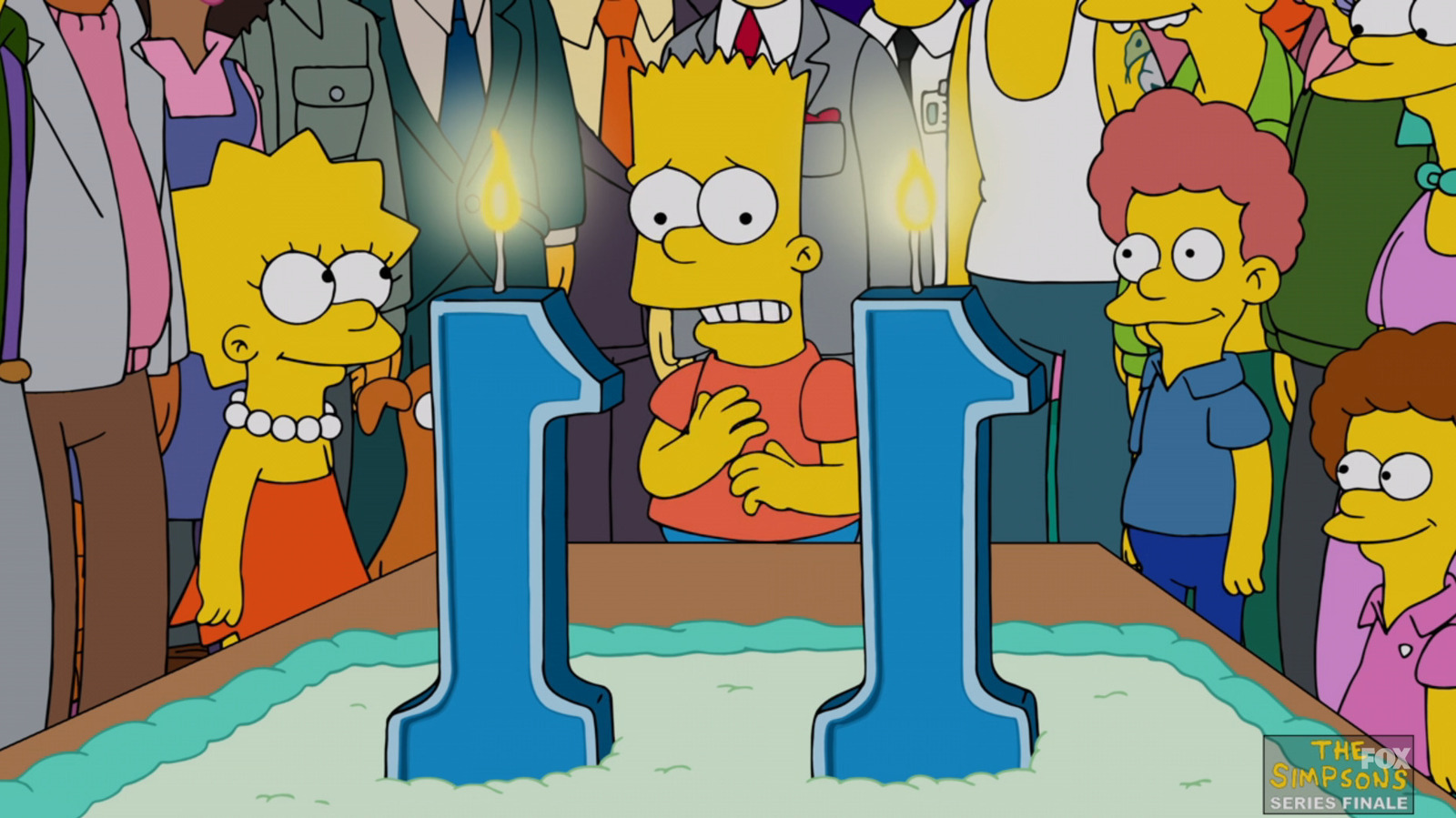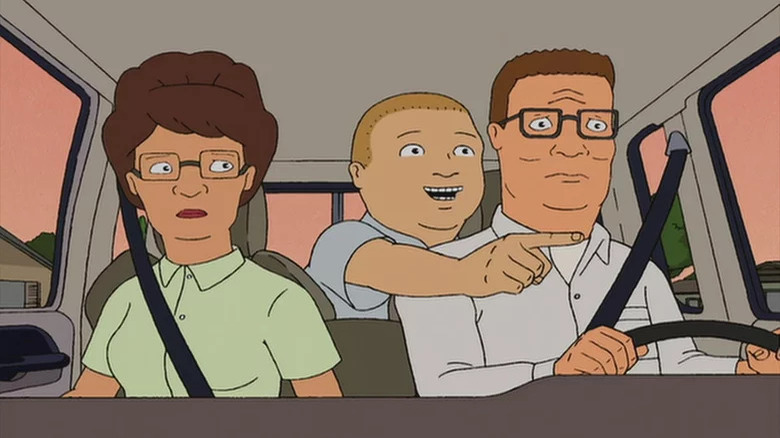For its season 36 premiere last month, “The Simpsons” gave fans a fake-out series finale where all the Springfield characters (except Bart) received happy, conclusive endings, implying better days (and possible spin-offs) ahead. “I’m sure gonna miss this place,” everyone kept saying, turning the lights off to whichever room they were in and solemnly walking out the door.
The episode was not the real finale, of course, but it did offer a glimpse of what the finale could look like. For a show that’s been famously hesitant to break with the status quo, even if it means keeping poor characters like Milhouse or Moe in endless agony, it could make sense for the series finale to center around the characters breaking free. It would be nice for Milhouse to get Lasik surgery or for Homer to start being a better father. But for showrunner and executive producer Matt Selman, the ideal “Simpsons” finale would be something a little more low-key.
“I just hope it’s just a regular episode with no Winky Winky stuff at all,” he explained in a recent interview with People magazine. “Just a great family story, just like a classic story that’s just funny and involves the whole family and doesn’t feel like it needs to wrap up anything or change anything or tie anything up or be magic or talk to the audience directly.”
The Simpsons finale wouldn’t be the first finale to take this approach
A finale for a long-running sitcom that doesn’t alter the status quo is admittedly pretty rare. “Friends” ended with Ross and Rachel getting back together and Chandler and Monica moving out of the city, “Scrubs” ended with JD leaving the hospital for a new job, and “How I Met Your Mother” covered the big events in the gang’s lives from 2014 all the way to 2030. This approach makes sense for a live-action sitcom, as the actors will unavoidably age and the audience will want to see them move forward with their lives.
A long-running animated show doesn’t have that issue, but it also doesn’t have as many examples of past finales to work off. “The Simpsons” was the first hit animated sitcom for an adult audience, and of the major animated shows that came out afterward (“Family Guy,” “South Park,” Futurama”), most of them are still on the air. When it comes to figuring out how to end a decades’ long animated sitcom, “The Simpsons” doesn’t have many examples to take inspiration from.
The best is probably “King of the Hill,” whose final episode in 2009 was also fairly low-key. It ends on a sweet note, but the status quo doesn’t change much. Granted, it sort of had to be low-key given how its network treated the show, airing four new episodes afterward that were produced before the finale. According to the air dates, technically the finale of “King of the Hill” isn’t even “To Sirloin with Love” but “Just Another Manic Kahn-Day” (which came out nine months later), but most fans are in agreement that the one-hour “To Sirloin with Love” is the finale that counts.
With the upcoming revival of “King of the Hill,” another benefit of a low-key finale is made clear: by not making things too conclusive, the writers can keep the door open for a relaunch down the line. “King of the Hill” has the freedom to return at any moment as if nothing’s changed; if “The Simpsons” ends with a similar type of finale, it can always do the same.

